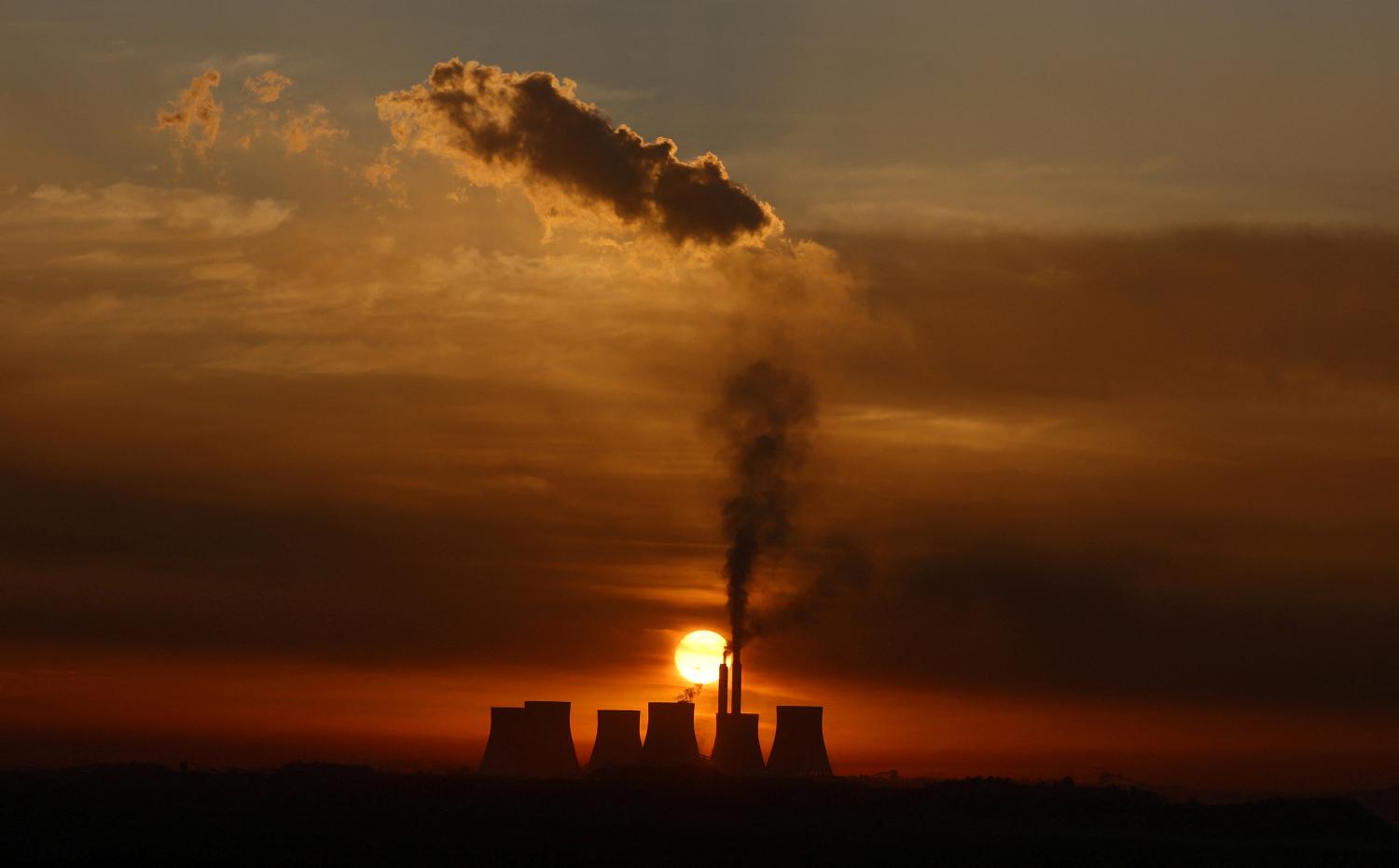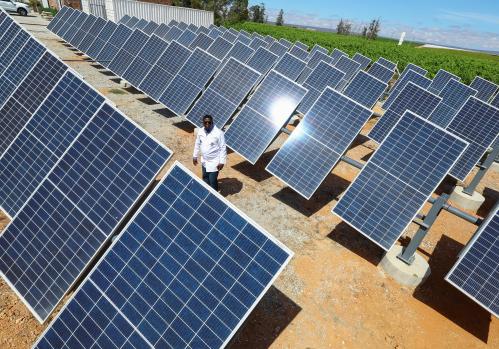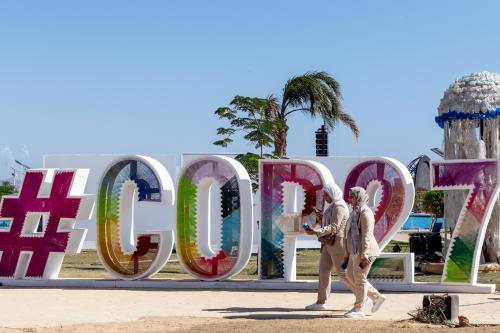Executive Summary
Russia’s invasion of Ukraine a year ago turned global energy markets upside down. Although oil and gas prices have come down from their highest points and energy issues have faded somewhat from the news, the effects of the war in Ukraine on energy will continue and evolve in 2023.
Western oil consumers are trying a new tactic in response to Russia’s aggression — weaponizing their collective energy demand by sanctioning Russian oil and oil products. Not only have Western buyers pledged not to buy Russian oil, but their insurance and shipping companies are forbidden to insure or carry Russian oil unless it is sold below a specified price cap. This is a unique response to a specific problem — the world wants Russian oil supply to keep prices reasonable, but also wants to cut an important source of financing for Russia’s war machine. The measures’ effectiveness is not yet clear. The cap on oil products, which just came into effect in early February,1 is likely to have greater effect through 2023, as global diesel supplies tighten further, and Russia reduces refinery runs in response to falling demand for its products.
The world’s first global natural gas crisis will continue, and perhaps worsen, during 2023. Before the war, Russia supplied nearly 40% of Europe’s natural gas, but it has now nearly cut off supply in an attempt to weaken Europe’s support for Ukraine in the war.2 Liquified natural gas (LNG) has been a lifeline for Europe, but LNG markets have also spread the crisis globally, as Europe has pulled supply away from other consumers. Warm weather and conservation efforts have also helped Europe get through this winter without crisis, but next winter is likely to be more difficult. Demand for LNG will rise as China’s economy recovers and no significant new LNG supply will come online in 2023, making for tight markets and high prices. Europe should be pleased with its situation today but must continue efforts to conserve natural gas through next winter at least.
If the current energy market challenges have a silver lining, it is that they have clarified the need to feed the energy system we have today as we work to transform the system to eliminate greenhouse gas emissions. The energy system cannot change overnight, and governments must consider future-friendly ways to meet today’s demand.
Finally, 2023 will see continuing global efforts to combat climate change, culminating in the annual Conference of the Parties (COP) meeting. Progress at recent COPs has been primarily on the sidelines, with groups of countries aiming to help South Africa and Indonesia phase out coal use,3 and with a group of countries working together to reduce emissions of methane, a potent but short-lived greenhouse gas. These side deals are attractive since they involve significant emissions reductions and large business opportunities. However, there’s little incentive for side deals on the thorniest issues of climate justice — paying for green energy development in the poorest countries, along with helping them adapt to the ongoing effects of climate change. These issues are stuck in the official U.N. negotiating process, where the need for consensus makes progress extremely slow. A key measure of success at this year’s COP would be getting help for the world’s poorest out of the slow lane.
-
Acknowledgements and disclosures
The author would like to thank Louison Sall for research assistance, Adam Lammon for editing, and Rachel Slattery for layout.
-
Footnotes
- “Ukraine: EU and G7 partners agree price cap on Russian petroleum products,” European Commission, February 4, 2023, https://ec.europa.eu/commission/presscorner/detail/en/IP_23_602.
- Jason Karaian and Karl Russell, “How Russian Gas in Europe Is Dwindling,” The New York Times, September 7, 2022, https://www.nytimes.com/2022/09/07/business/russia-gas-europe.html.
- David Lawder and Valeria Volcovici, “U.S., Japan and partners mobilise $20 billion to move Indonesia away from coal,” Reuters, November 15, 2022, https://www.reuters.com/business/cop/us-japan-partners-mobilise-20-bln-move-indonesia-away-coal-power-2022-11-15/.
The Brookings Institution is committed to quality, independence, and impact.
We are supported by a diverse array of funders. In line with our values and policies, each Brookings publication represents the sole views of its author(s).






